Do you have amber jewels? Or do you want to buy jewels made of amber beads? Be careful, because scams increase. Here’s how to recognize the true amber ♦
Alarm yellow or, better, amber alarm. Especially during the summer increases the chances of finding offers jewelry made from fossilized resin beads. The amber is often used for large necklaces or bracelets. They are lively jewelry, not too expensive and with an ancient history, since their origin dates back to millions of years ago. But are you sure that what they want to sell is authentic amber? And you do not suspect that the old necklace you have in the drawer is really authentic? Unfortunately, scams abound. Here, then, are some suggestions to see if the amber is true or false.
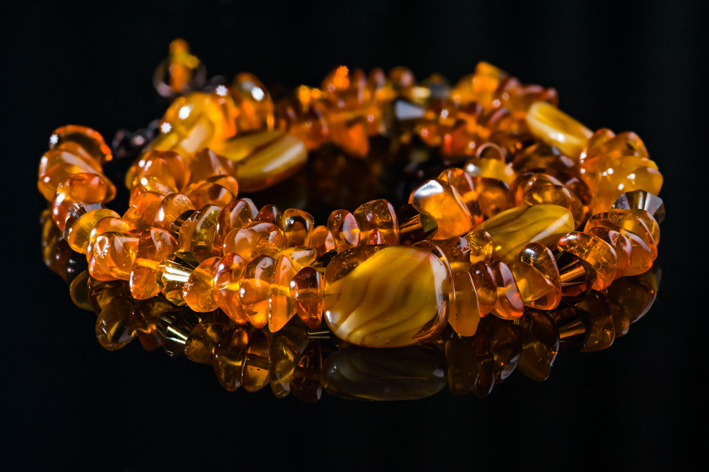
What is it. As mentioned, the amber is the resin of trees with millions of years. It has an intense yellow color, tending to orange or brown. It is used in jewelry for thousands of years, but it is also used as an element for perfumes and incense. Amber can be opaque or transparent, and sometimes contain seeds or fossil insects, trapped in time.

True or false. Unfortunately, it is not difficult to exchange the amber with the plastic or synthetic material, such as bakelite. Amber, however, floats in salt water, while the thick plastic easily goes to the bottom. But to do the test you must have an piece of amber not mounted with metal on a jewel. If the seller makes that possible, try to touch the amber gem with a hot needle. If you smell resin almost certainly it is amber. Obviously, a plastic or other synthetic material produces an unpleasant odor.
Tip: buy amber jewelry from a reputable store, certificate, may have some additional guarantee, even though the cost will be a little ‘higher.
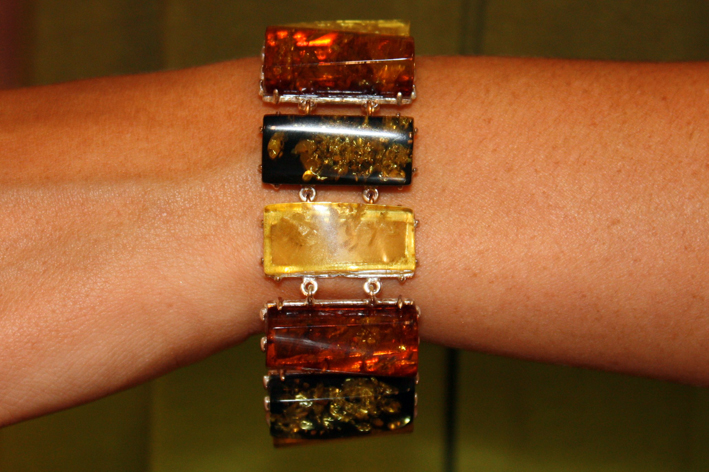
The International Amber Association has also established a classification that can help buyers understand the difference between different types of amber.
Natural Baltic Amber. It is a gem that has been subjected solely to mechanical treatment, such as grinding, cutting or polishing, without changing its natural properties.
Modified Baltic Amber. In this case the amber was subjected only to heat treatment or high pressure. The heat or pressure has changed its physical properties, including the degree of transparency and color, or shaped in similar conditions outside a nugget, previously cut to the required size.
Rebuilt Baltic Amber (pressed). As the definition indicates, these are pieces of amber pressed at high temperature and under high pressure, without further components.
Glued Baltic Amber. It is the one with the lowest quality, formed by two or more pieces of amber of the other types, joined with a transparent glue. Obviously it should cost (and apply) less.
Watch out for the copal. Amber is fossilized resin. But before turning into amber it is found in an intermediate state, the copal: this is the commercial name that indicates a sub-fossil vegetable resin, or fossil, that dates back over 11,000 years ago. The copal is similar to amber, but much younger. It has an opaque and milky appearance, often with perfectly preserved insects, which were imprisoned thousands of years ago in the resin of the trees. But it is a much softer material than amber and is soluble in substances such as ether or gasoline. So be careful, because you can literally melt. A curiosity: the name derives from copalli, a Nahuatl language word (originating from the Aztec population) which means incense.
Blue amber. It is a rare variety that has only been found in the Dominican Republic. It is not always blue: the color depends, in fact, by the amount of fluorescence. Beware, though: much of blue amber is false. The amber is dyed or heat treated to change the color yellow. A clue may be inclusions: insects or other material inside may indicate that it’s a fake. Federico Graglia
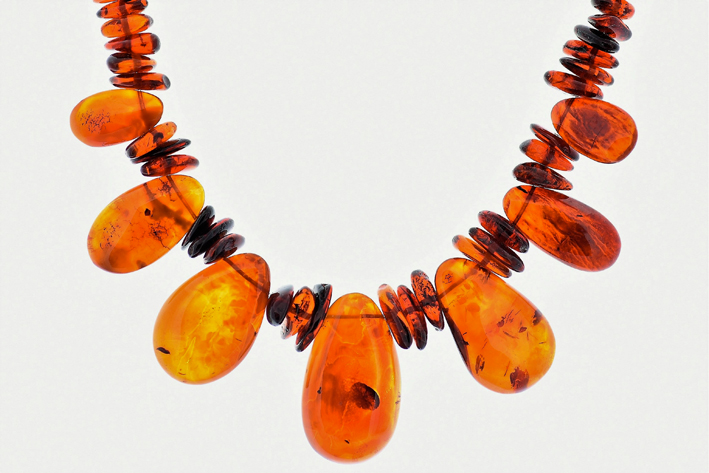
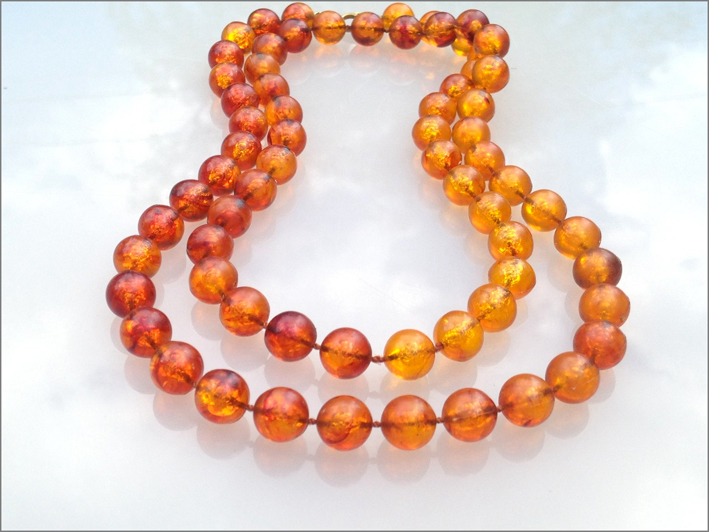


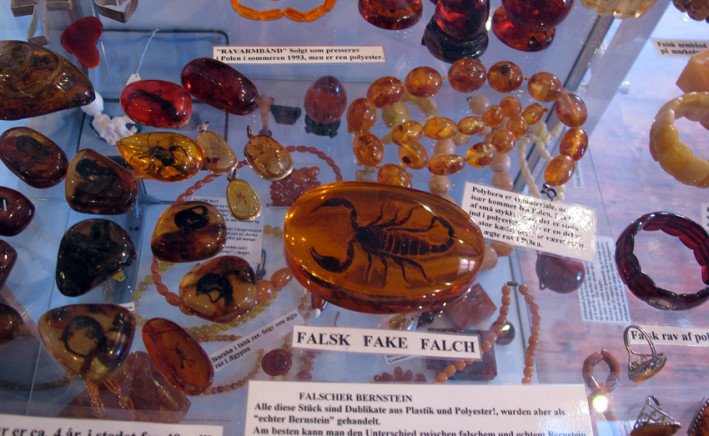



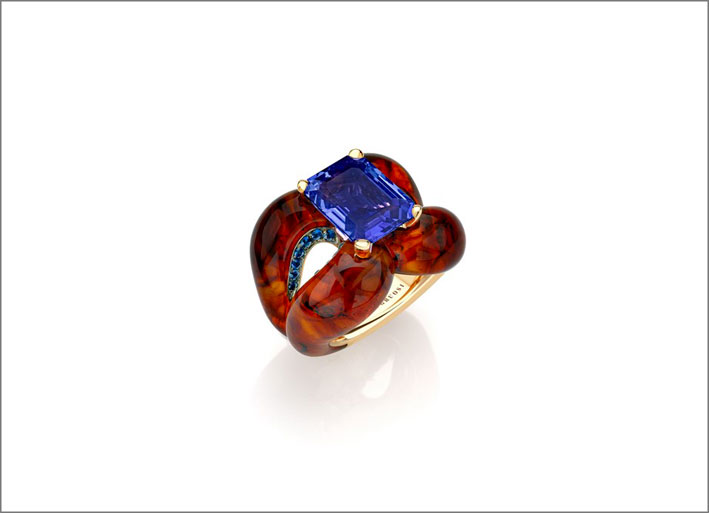
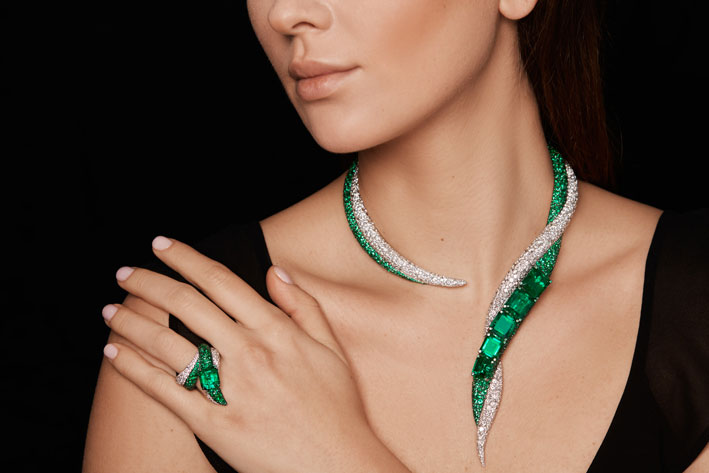


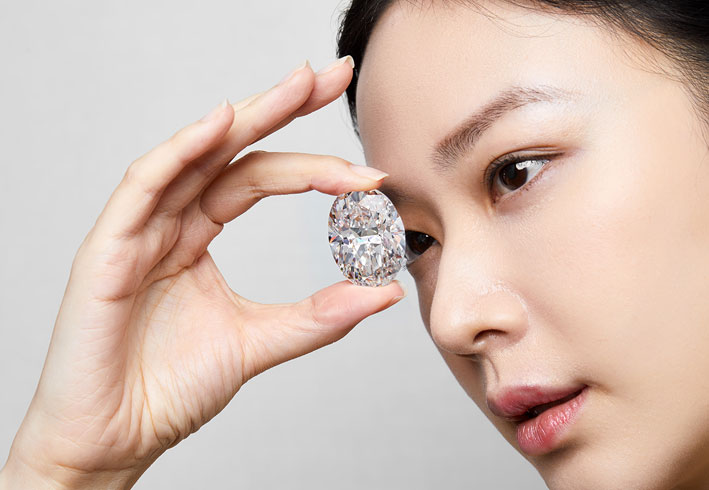



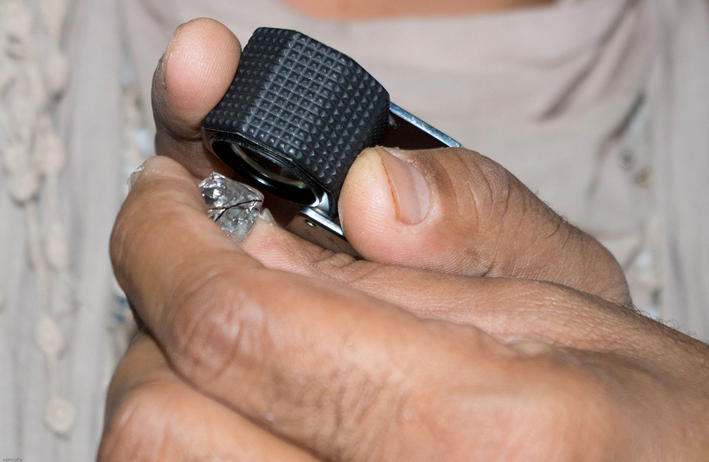
Buongiorno,
nell’articolo è presente un bracciale d’ambra multicolore molto bello.
Sapreste indicarmi il produttore?
E complimenti per l’articolo molto interessante.
Grazie, cordiali saluti
Laura
Ciao Laura, grazie, ma l’articolo è stato scritto tempo fa e non abbiamo più il riferimento… sorry